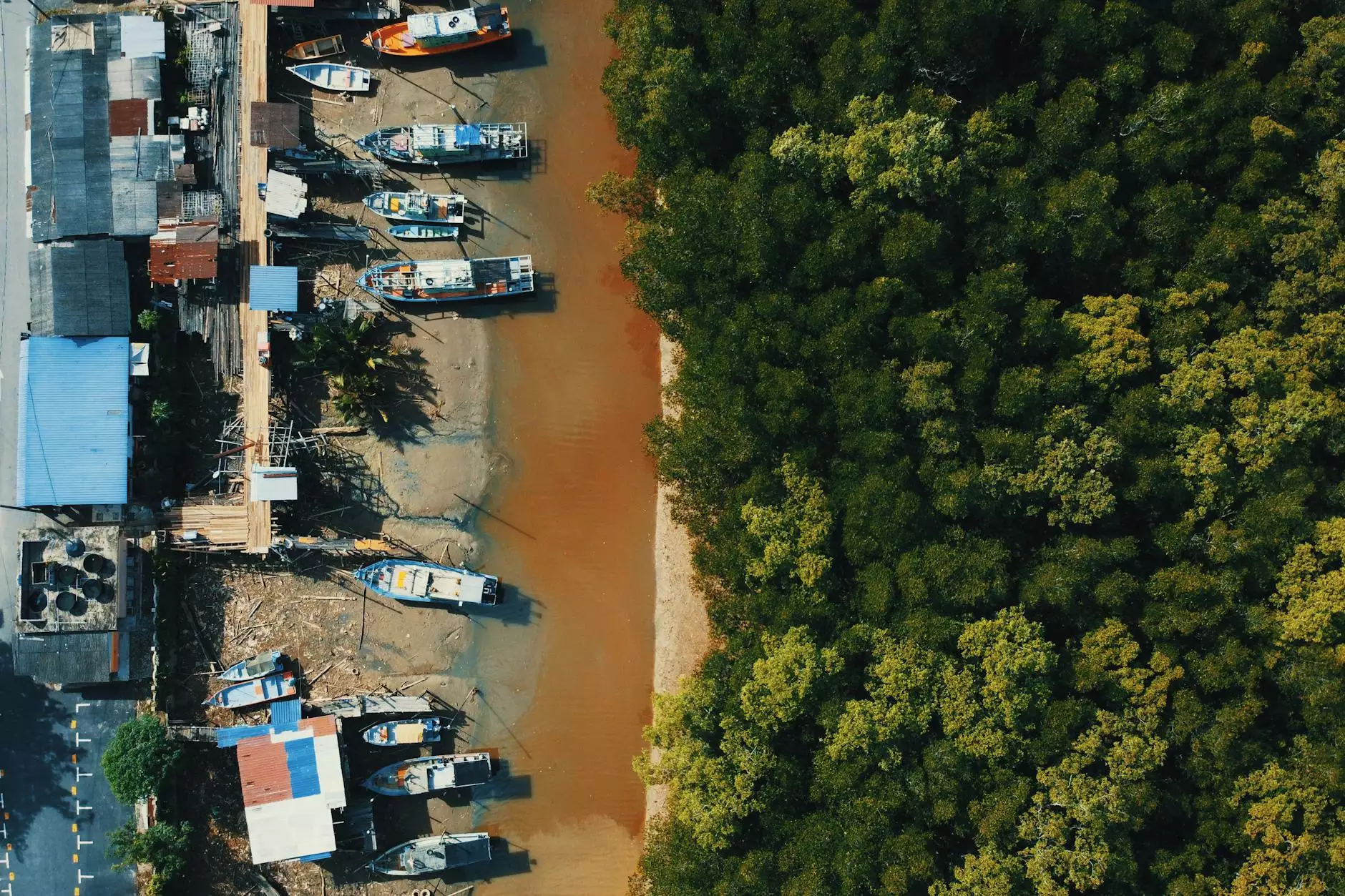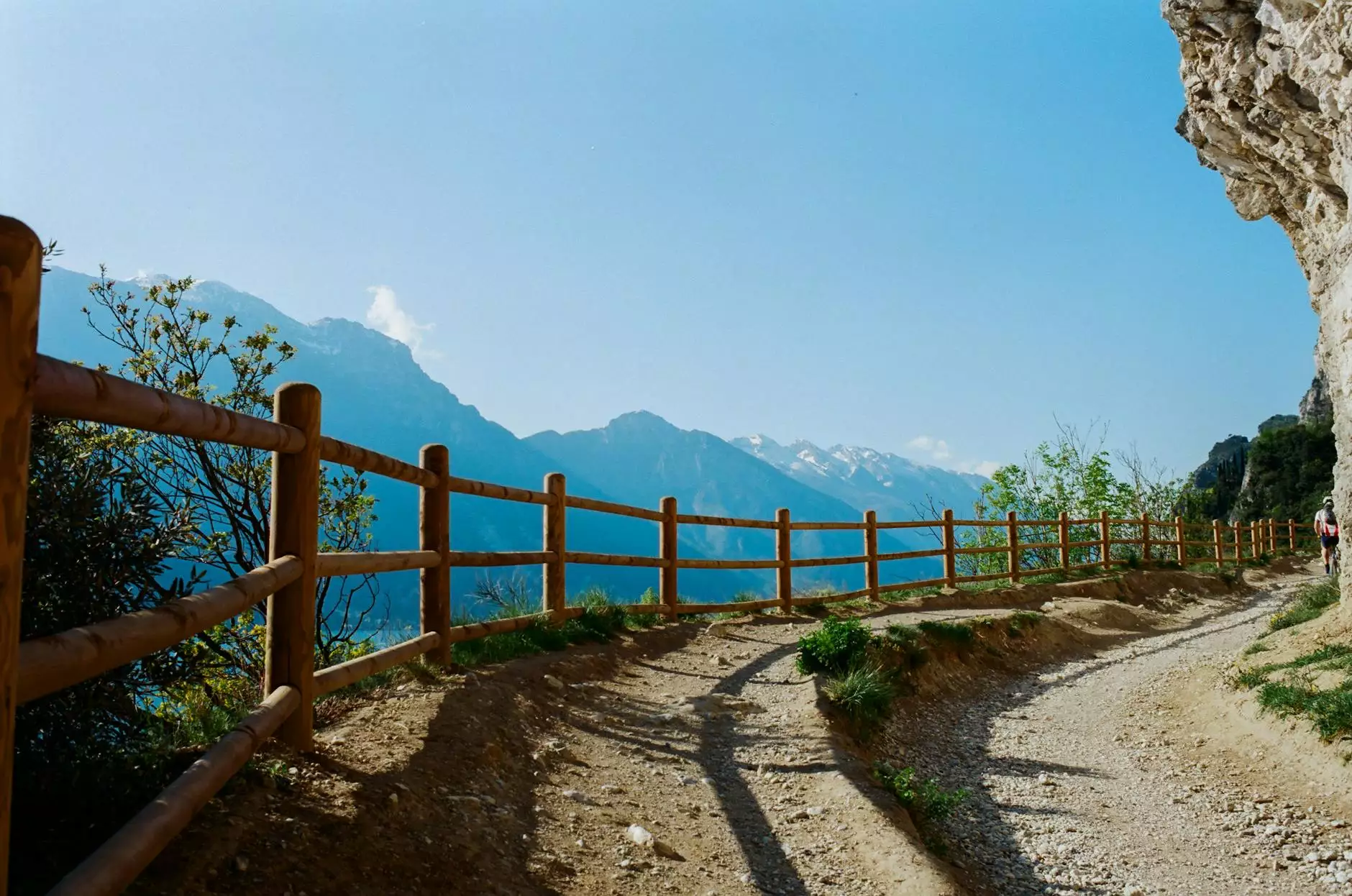Xeriscaping 101: Drought-Resistant Landscaping Guide
Blog
Introduction
Welcome to the ultimate guide on xeriscaping, the sustainable landscaping practice that conserves water while creating stunning outdoor spaces. At Green Realty, we are passionate about helping you turn your property into an oasis of beauty, while also being mindful of the environment. In this comprehensive guide, we will walk you through the ins and outs of xeriscaping, providing you with valuable insights, practical tips, and expert advice.
What is Xeriscaping?
Xeriscaping is a landscaping method that focuses on designing and maintaining landscapes with minimal water usage. Originating from the Greek word "xeros," meaning dry, xeriscaping involves choosing plant species that are well-suited to the local climate and require little to no supplemental irrigation. By adopting xeriscaping principles, you can create a beautiful, drought-resistant landscape that conserves water and reduces your water bill.
The Benefits of Xeriscaping
There are numerous benefits to implementing xeriscaping techniques on your property:
- Water Conservation: Xeriscaping allows you to significantly reduce water consumption, helping to conserve this precious resource.
- Save Money: By minimizing irrigation needs, you can achieve substantial savings on your water bill.
- Low Maintenance: Xeriscaped landscapes require less time and effort to maintain, as they are designed to thrive in their natural environment.
- Environmental Sustainability: By reducing water usage and incorporating native plants, xeriscaping promotes ecological balance and supports local ecosystems.
- Increase Property Value: A beautifully landscaped property with low water requirements can boost your property's value and attract potential buyers.
Getting Started with Xeriscaping
Now that you understand the benefits, let's dive into the essential steps to get started with xeriscaping:
1. Assess Your Landscape
Begin by evaluating your current landscape and identifying areas where water usage is inefficient. Consider factors such as soil type, sunlight exposure, and existing plant species. This analysis will help you determine which areas require improvement and guide your xeriscaping plan.
2. Plan and Design
Designing a xeriscaped landscape involves careful selection of plants, efficient irrigation systems, and appropriate hardscape elements. Consider grouping plants with similar water requirements and incorporating drought-tolerant species native to your region. Plan out pathways, rainwater harvesting systems, and outdoor living areas to maximize functionality and aesthetics.
3. Soil Preparation
Before planting, it's crucial to prepare the soil properly. Optimize soil conditions by adding organic matter, such as compost, to improve moisture retention and nutrient levels. Adequate soil preparation ensures the long-term success of your xeriscaped garden.
4. Selecting Drought-Tolerant Plants
Choosing the right plants is a key component of xeriscaping. Look for native or adapted species that are well-suited to your climate and require minimal water. Xeriscaping doesn't mean sacrificing beauty; there are a wide variety of vibrant and colorful drought-resistant plants available.
5. Efficient Irrigation
Irrigation is still necessary in xeriscaping, although it is done with precision and efficiency. Consider using drip irrigation systems, soaker hoses, or smart controllers to deliver water directly to the plants' roots, minimizing waste. Install rain sensors and adjust irrigation schedules based on weather conditions to avoid overwatering.
6. Mulching
Applying a layer of mulch around plants and in garden beds helps retain moisture, suppresses weed growth, and regulates soil temperature. Organic mulches, such as wood chips or straw, not only conserve water but also contribute to the overall aesthetic appeal of your xeriscaped landscape.
7. Maintenance and Care
Regular maintenance is essential to ensure a healthy and thriving xeriscape. Although xeriscaped landscapes require less maintenance than conventional lawns, periodic pruning, weed control, and monitoring irrigation systems are still necessary to optimize your water-efficient garden.
Conclusion
Congratulations! You've reached the end of our Xeriscaping 101 guide. By implementing the principles and techniques outlined in this comprehensive guide, you are well on your way to creating a beautiful and sustainable landscape that thrives even in drought conditions. Remember, xeriscaping is not only a practical solution for water conservation, but it also enhances the beauty and value of your property. Start your xeriscaping journey today with Green Realty and transform your outdoor space into an eco-friendly oasis!




